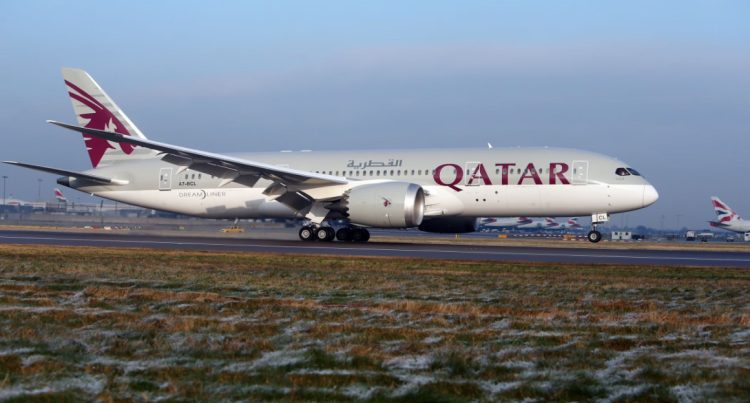Following a night marked by escalating military tensions between the United States and Iran, airspace restrictions across Qatar, the United Arab Emirates, Bahrain, and Kuwait have been lifted, allowing the gradual restoration of commercial flight operations.
The airspace closures, implemented as a precaution in response to crossfire between the U.S. and Iran, disrupted aviation traffic briefly but are now easing as regional airports resume normal activity.
According to TravelBiz, the temporary suspensions were triggered by Iranian missile attacks aimed at U.S. military assets, notably the American Al Udeid Air Base located in Qatar, following retaliatory U.S. strikes on Iranian nuclear infrastructure.
In response to the overnight escalation, civil aviation authorities in the affected countries halted flights to ensure the safety of passengers and crews.
Qatar Lifts Restrictions, Flights Resume
Qatar was the first to suspend air operations after missile activity was reported near the Al Udeid Air Base outside of Doha. The Qatari Civil Aviation Authority issued a Notice to Airmen (NOTAM), grounding all civilian flights.
By 3:00 AM IST, the NOTAM had been lifted, and Qatar Airways announced the resumption of flight operations. Hamad International Airport is gradually returning to normal operations, though lingering delays are expected due to earlier diversions and grounded aircraft.
UAE Airports Back in Operation
The United Arab Emirates also experienced a temporary freeze in air traffic, with key international hubs like Dubai International (DXB) and Abu Dhabi International (AUH) pausing outbound and inbound flights during the peak of the crisis.
Although no formal NOTAM was released in the UAE, numerous flights were delayed or rerouted. Emirates Airlines later confirmed that all services have resumed, with only minor route changes in effect. Operations at both DXB and AUH stabilised faster than anticipated, helping restore balance to the region’s disrupted flight schedule.
Bahrain and Kuwait Quietly Reopen Skies
While Bahrain and Kuwait did not publicly announce airspace closures, real-time flight data from platforms such as Flightradar24 confirmed a halt in flight movements during the height of the conflict.
Both countries quietly resumed air traffic before Qatar lifted its restrictions, which played a key role in relieving congestion across the region’s flight corridors and easing pressure on transit-heavy airspace.
Additional Insights
- Airlines operating in the region are now working in closer coordination with international aviation authorities to maintain operational safety and respond to evolving geopolitical risks.
- Safety protocols heightened: Carriers like Qatar Airways and Emirates have reaffirmed their commitment to passenger safety, noting that all flights are now being closely monitored amid lingering tensions.
- Ongoing disruption possible: Although the airspace across the Gulf has reopened, conditions remain volatile. Iranian and Israeli airspace remain closed, forcing airlines to adopt alternative routes that may lengthen travel time.
- Travel advisory: Passengers traveling through or from Middle Eastern airports are encouraged to check with their airlines for real-time updates, plan for possible delays, and remain flexible with their itineraries as the situation continues to evolve.
Source: NairaMetrics
































